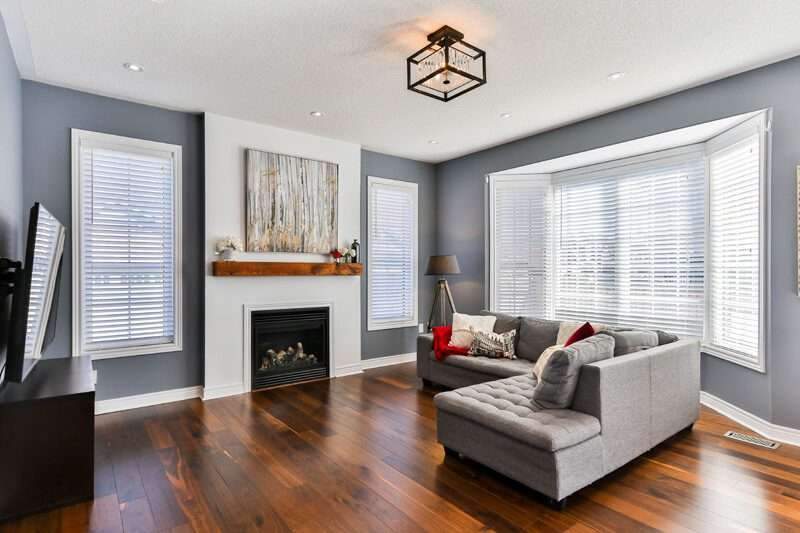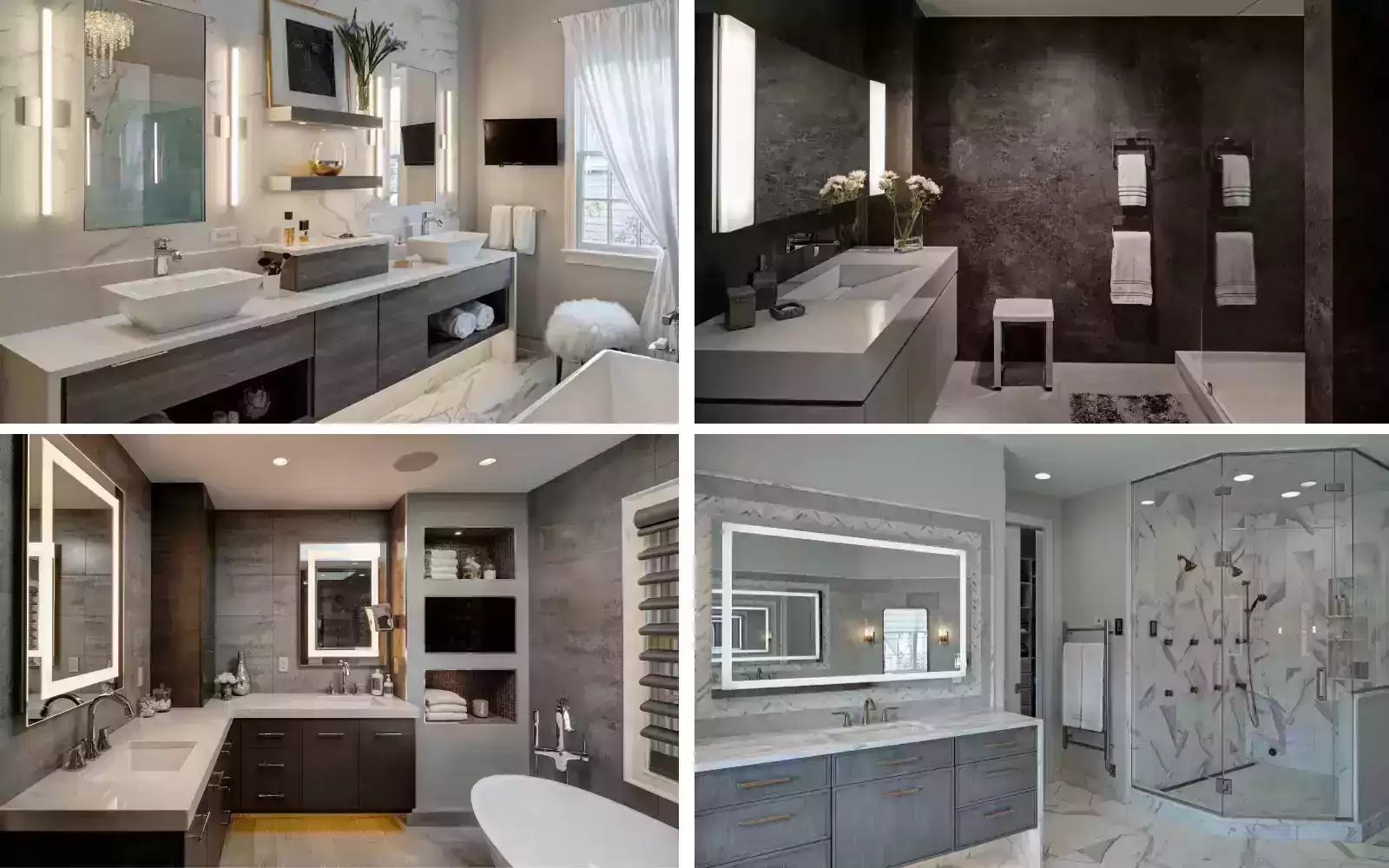The impact of interior design on the health and comfort of users
We’ve all had the experience of coming home after a stressful day, maybe you’re experiencing anxiety from work emergencies.
The personal spaces in our home set the stage for so many moments in our lives, and because these areas are the setting for so many important and stressful periods in life,
It is essential that your personal spaces provide comfort and support and provide positive emotional energy.

Sunlight brightens your mood – design rooms with light
A room full of light is a joy to behold, but did you know that sunlight also reduces depression?
Whether you get sunlight outdoors or through a window, sunlight is a mood factor.
In fact, more sunlight in rooms can boost happiness. A constant lack of sunlight can lead to sadness or increased anxiety.
Sunlight appears to energize and motivate people at home and at work. A 2002 study reported that daylight was one of the most important factors in increasing sales volumes in retail spaces.
While there are many studies demonstrating the psychological and physiological benefits of natural light,
One study showed that employees with access to natural light significantly outperformed their co-workers without sunlight in their workplace.
In addition, when people had to work with only artificial light,
They also showed a specific decrease in vitality and showed signs of poor sleep.

Expanding your home space can expand your spirit
Most people prefer lots of space over cramped quarters, but not everyone knows that the feeling of spaciousness can also lift your mood.
One study stated that people tend to be more creative in rooms with higher ceilings, and their mood improves.
However, the positive effects of spaciousness can also be achieved in rooms with low ceilings.
A sense of spaciousness seems to be one of the key ingredients to happier places.
Clean, open homes with minimal clutter facilitate a better mood.
And this feeling of openness can be achieved in almost any space with the right design, furniture, organization, and lighting.
Many people have become fans of the Japanese Konmari method through the popular Netflix series “Tidying Up”.
For example, it encourages people to give up possessions that don’t bring them happiness, whether it’s a sofa or a pair of socks.
In the show, people use the Kondo approach to go through radical cleansing processes to get rid of clutter.
and carefully arrange and store remaining possessions, emerging from the process with homes that look noticeably cleaner, brighter, and happier.
Plants and flowers in the house improve mood
Bringing nature into the home lifts the mood, and one of the most effective ways to do that is through the use of house plants and flowers.
Studies from Texas A&M conclude that the presence of plants improves focus and memory retention and reduces stress.
Many types of houseplants are natural air filters, reducing allergens and improving air quality.
They also increase oxygen levels in the air, lock in moisture, and look great,
No wonder it helps people feel more relaxed and focused.
Flowers also provide mood-lifting benefits, in fact.
Flowers around the house can reduce the likelihood of depression and increase positive feelings.
In addition to the aesthetic appearance that flowers provide, they have a calming and relaxing effect on people.
Of course, flowers are a beautiful addition to any space, but they also make people feel happy.

Use color in your interior design to improve mental health
One of the most well-documented mood-altering design elements, for many people, is color.
Color is an essential component of our world experiences.
Brightness depends on how much white is in the color, or how light a color looks, bright colors are less saturated.
And these light, pastel tones can have a relaxing effect.
For example, true red is associated with anxiety, but a pale reddish pink, less saturated and bright, is considered a calming color.
Colors that are deeply saturated and less bright, such as emerald green, can make you feel energized or invigorated.
Using virtual reality and augmented reality technologies in designing architectural projects










